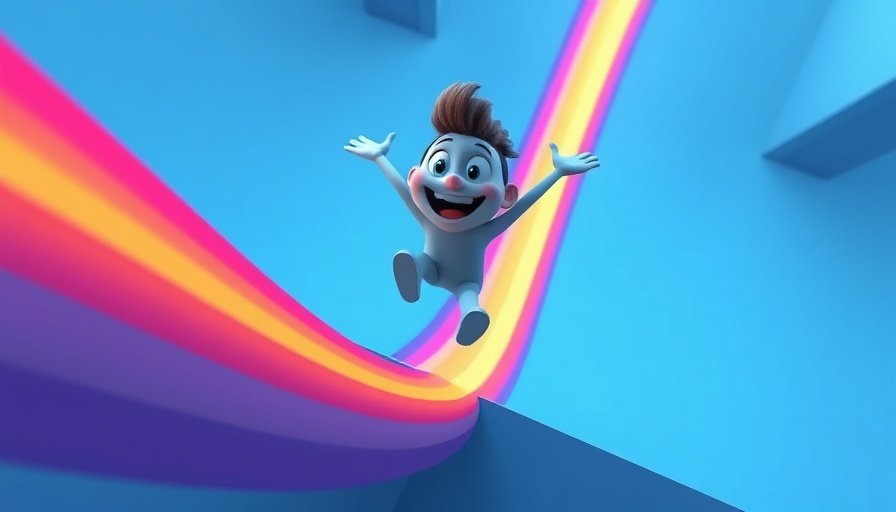
Exploring an Animation Breakthrough: AI Meets Motion Control
The realm of animation has always been a dance between artistry and technique. Recent discussions in innovation, such as the fascinating video, "New AI Finally Solved The Hardest Animation Problem!" showcase a groundbreaking leap in how we approach animated movement. This new animation technique promises to bridge the gap between the complexities of human-like motion and the limitations of traditional methods. As viewers are taken on this journey, we're invited to reflect on how such advancements could revolutionize industries—from video games to movies and beyond.
In the video 'New AI Finally Solved The Hardest Animation Problem!', the challenges and breakthroughs in animation techniques are vividly explored. Here, we break down the key insights and their implications for various industries.
The Symphony of Innovation: Understanding the AI Mechanism
Typically, traditional animation requires meticulous input from skilled artists to create every possible movement of a character. This process resembles an orchestra where each musician contributes individually. However, recent developments leverage artificial intelligence (AI) to streamline this process. Instead of relying solely on manual inputs, AI utilizes a 'soup' of motion-captured data—allowing the system to learn and weave together realistic animations autonomously. This method provides a thrilling insight into the potential future of animating entities.
Overcoming Obstacles: How AI Surmounts Traditional Limitations
A significant challenge with previous AI animation techniques has been striking a balance between realism and controllability. The new diffusion-based AI model introduces five incredible features that enhance animation functionality. For instance, it can now navigate static obstacles, ensuring characters avoid walls while seamlessly moving across the screen. This dynamic obstacle avoidance extends to interactions between animated characters, minimizing the chances of characters colliding during complex scenes. The AI's adaptability is not just an upgrade; it’s a clear signal that technology can effectively handle the intricacies of interaction within animated worlds.
From Learning to Creative Expression: The Importance of Generalization
One of the model's standout capabilities is its potential for generalization. Unlike earlier versions that required extensive retraining for different movement styles, the current model learns to improvise with unprecedented flexibility. As noted in the video, a character trained only on ground movements can learn to navigate jumps and more, similar to how a dancer anticipates the music's rhythm. This element of creativity introduces an exciting layer that can empower developers in the gaming industry, enabling characters to respond to unpredictable situations with authentic reactions.
The Future of Animation: Implications of Zero-Shot Capabilities
What’s more enthralling is the model's zero-shot learning ability— no task-specific tuning or extensive retraining is necessary. As a business owner or educator, imagine the profound implications of deploying technology that can autonomously learn and adapt. In educational settings, this AI can potentially enable interactive characters that respond to students’ movements and energy, creating more immersive learning experiences. For business owners in the entertainment sector, this capability paves the way for cost-effective production methods that still deliver high-quality results.
Bringing It All Together: Why This Matters to You
Whether you’re a tech enthusiast, a teacher, or a business proprietor, the evolution of animation technology is more than mere novelty; it reshapes our understanding of creativity and control within digital spaces. The practical implications of these advancements blend artistry with innovation, allowing us to articulate stories more effectively through movement. Keep an eye on these developments, as they not only encapsulate the future of animation but also the broader trajectory of technology’s integration into our everyday lives. As we stand on the brink of this frontier, it's vital to engage in discussions about how this technology can enhance human experiences across all sectors.
 Add Row
Add Row  Add
Add 




Write A Comment